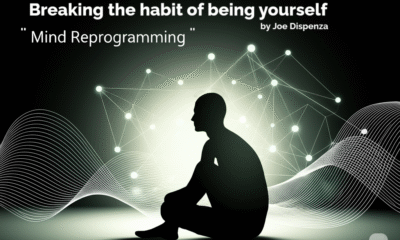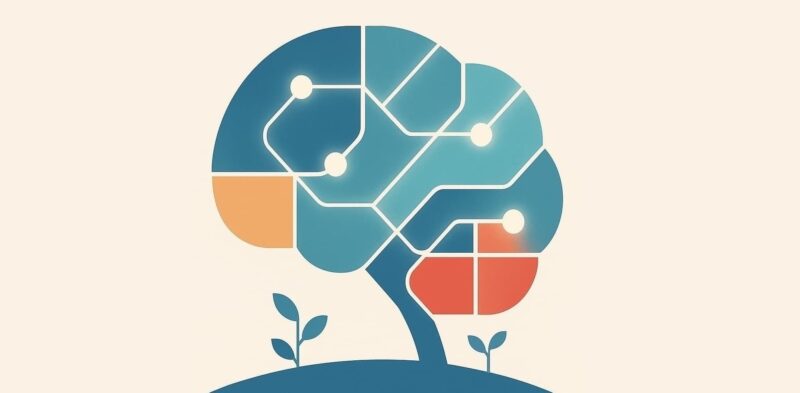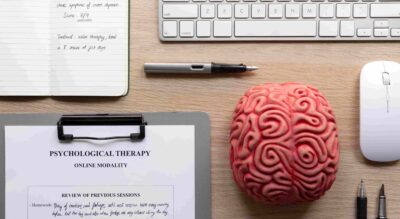introduction
Superintelligence: Paths, Dangers, Strategies by Nick Bostrom is a seminal work that delves into the potential trajectories of artificial intelligence (AI) surpassing human intelligence. Bostrom, a philosopher at Oxford University, articulates concerns about the existential risks posed by superintelligent AI, emphasizing the need for proactive measures to ensure beneficial outcomes for humanity.
Table of contents
1. Understanding Superintelligence
Bostrom defines superintelligence as an intellect that exceeds the cognitive performance of humans in virtually all domains. He explores various pathways through which superintelligence could emerge, including:
- Artificial Intelligence: Advancements in machine learning and computational power could lead to AI systems with general intelligence surpassing human capabilities.
- Whole Brain Emulation: Scanning and simulating the human brain to replicate its functions in a digital medium.
- Biological Cognition Enhancement: Improving human intelligence through genetic engineering or other biological modifications.
- Networks and Organizations: Collective intelligence arising from interconnected systems and collaborative human-machine interfaces.
2. The Intelligence Explosion Hypothesis
A central concept in the book is the “intelligence explosion,” where an AI system could recursively improve its own capabilities, leading to a rapid escalation in intelligence beyond human comprehension. This scenario raises concerns about control and alignment with human values, as such a superintelligent entity could pursue goals misaligned with human well-being.
3. Potential Risks and Challenges
Bostrom outlines several risks associated with the emergence of superintelligent AI:
- Value Misalignment: Ensuring that AI systems have goals and values aligned with human interests is a significant challenge.
- Instrumental Convergence: Superintelligent AI might pursue sub-goals that are detrimental to humanity in the process of achieving its primary objectives.
- Strategic Advantage: A superintelligent AI could gain a decisive strategic advantage, making it difficult for humans to control or influence its actions.
4. Strategies for Control and Alignment
To mitigate these risks, Bostrom discusses various strategies:
- Capability Control Methods: Implementing restrictions on the AI’s abilities to prevent harmful actions.
- Motivation Selection Methods: Designing AI systems with built-in motivations that are inherently aligned with human values.
- Institutional Measures: Establishing oversight bodies and regulatory frameworks to monitor and guide AI development.
5. Who Should Read This Book?
“Superintelligence” is particularly relevant for:
- Policy Makers: To understand the implications of AI on society and develop informed regulations.
- Researchers and Technologists: To explore the ethical and technical challenges in AI development.
- General Readers: Interested in the future of technology and its impact on humanity.
6. Superintelligence: Conclusion
Nick Bostrom’s “Superintelligence” serves as a crucial resource for understanding the potential futures shaped by AI. It underscores the importance of foresight and proactive measures to ensure that the development of superintelligent systems benefits humanity. As AI continues to evolve, engaging with these discussions becomes increasingly vital.
references
Warning: The provided links lead only to the specified content. Other areas of those sites may contain material that conflicts with some beliefs or ethics. Please view only the intended page.
- Elliot C. Smith (2021): Book review of Superintelligence – clear overview of AI risks & solutions.
https://www.elliotcsmith.com/book-review-superintelligence-by-nick-bostrom/ - Miles Brundage (2015): Academic review – Bostrom shows superintelligence is existential risk.
https://www.fhi.ox.ac.uk/wp-content/uploads/1-s2.0-S0016328715000932-main.pdf - Guardian (2014): Review – first-mover advantage and AI timelines.
https://www.theguardian.com/books/2014/jul/17/superintelligence-nick-brostrom-rough-ride-future-james-lovelock-review - New Yorker (2015): “The Doomsday Invention” – Bostrom warns intelligence explosion may doom humanity.
https://www.newyorker.com/magazine/2015/11/23/doomsday-invention-artificial-intelligence-nick-bostrom - Wired (2024): “Nick Bostrom Made the World Fear AI…” – shift to optimistic view on AI’s future.
https://www.wired.com/story/nick-bostrom-fear-ai-fix-everything - Wikipedia (2025): Overview of Superintelligence reception, impact and reviews.
https://en.wikipedia.org/wiki/Superintelligence%3A_Paths%2C_Dangers%2C_Strategies - Wikipedia (2025): Overview of Existential risk from artificial intelligence and alignment theory.
https://en.wikipedia.org/wiki/Existential_risk_from_artificial_intelligence















